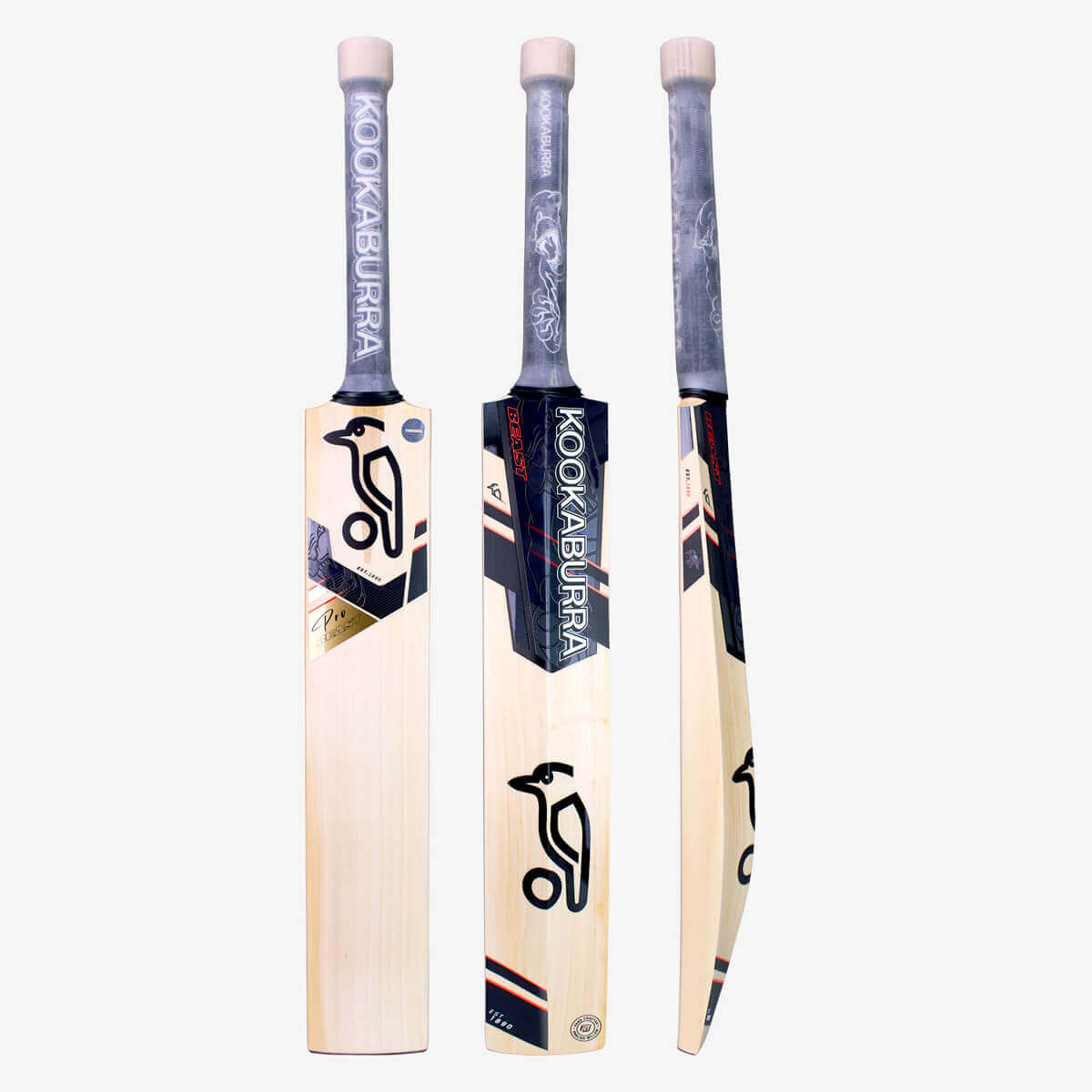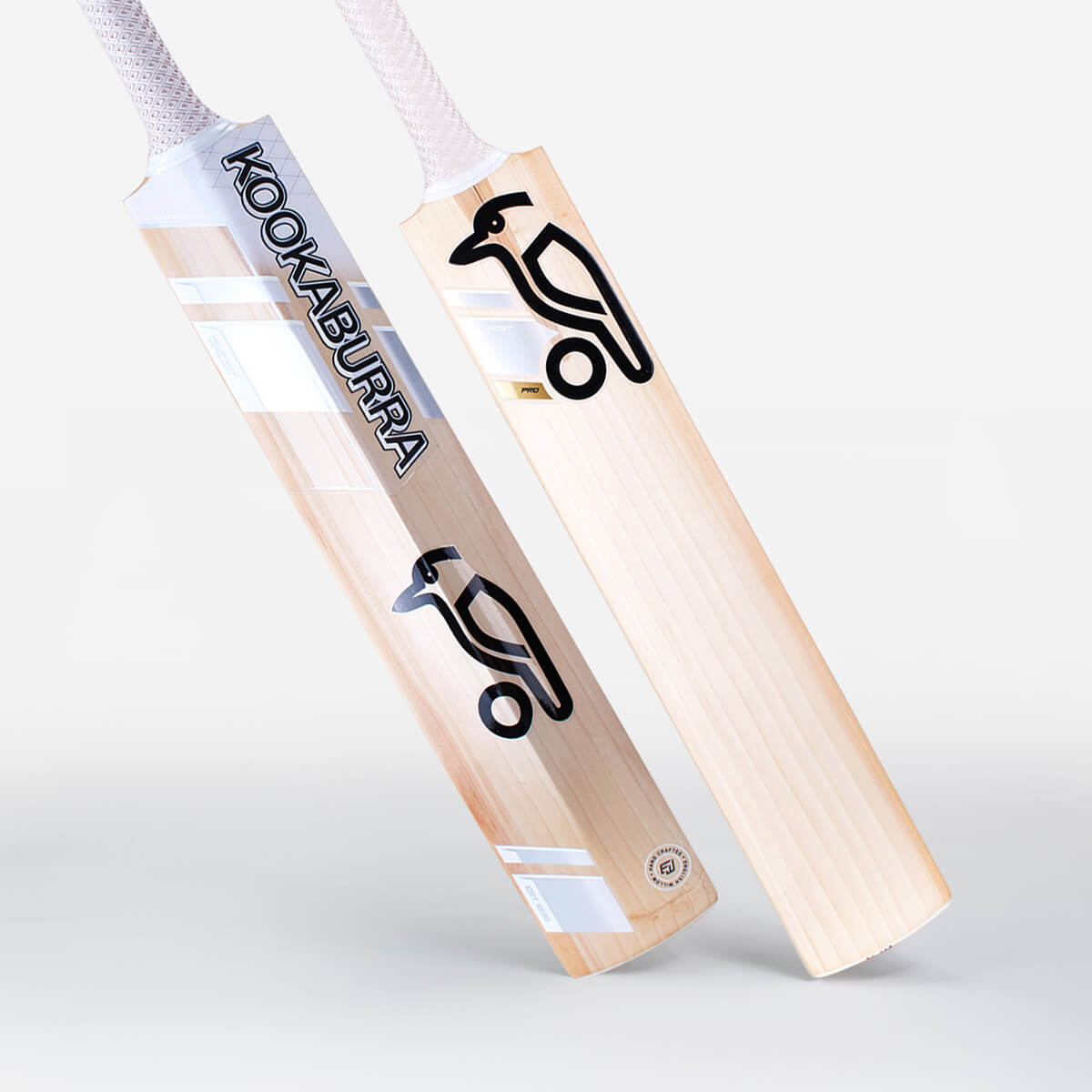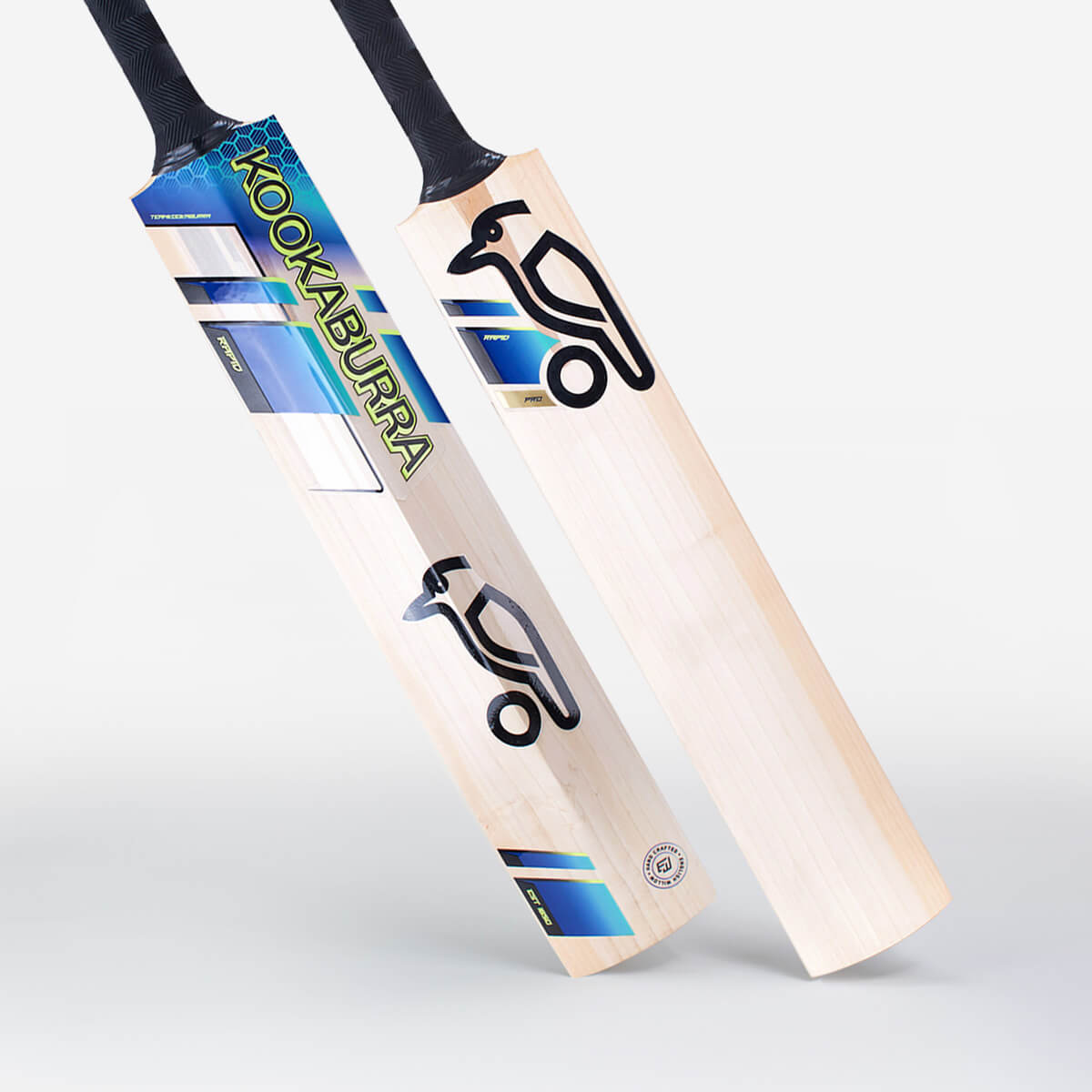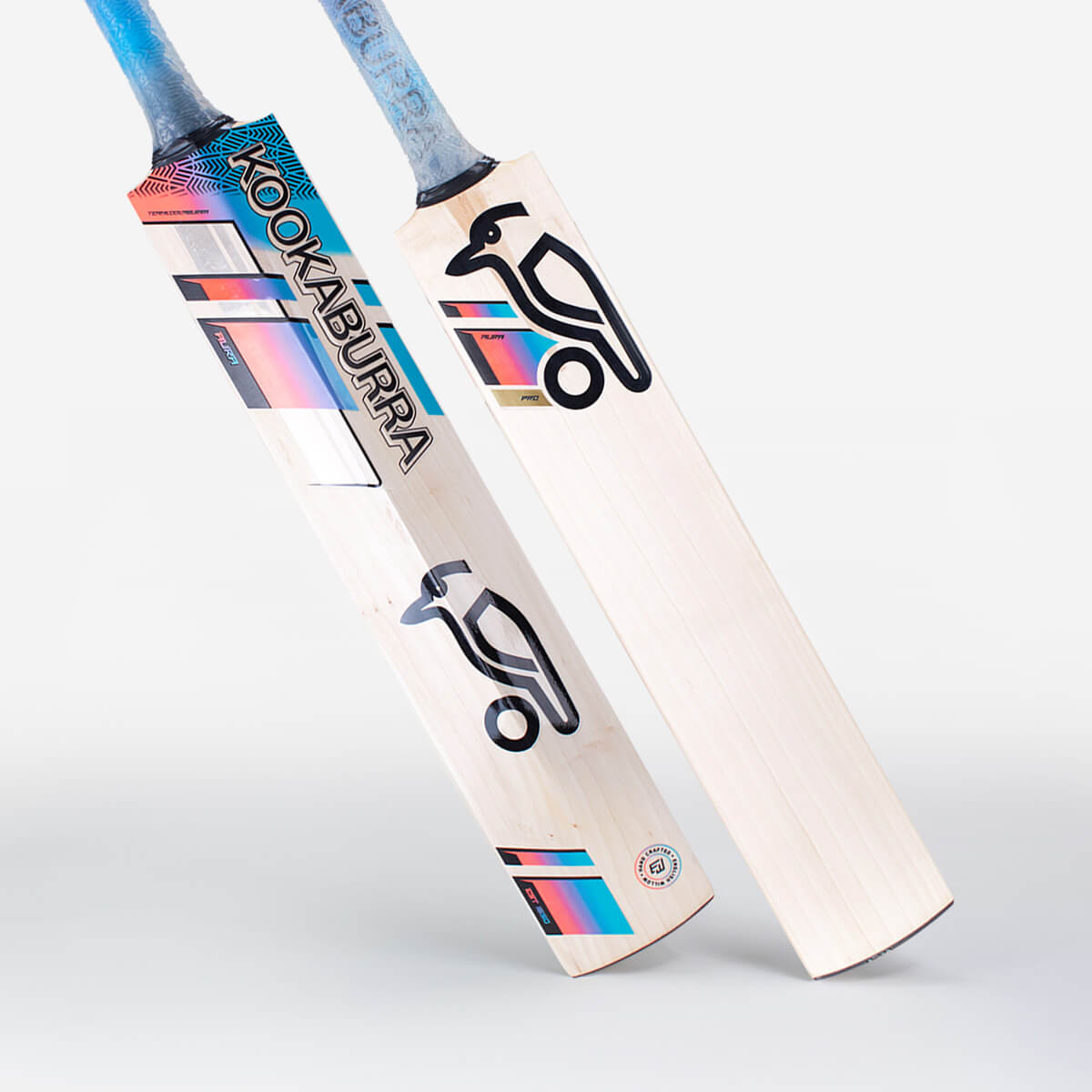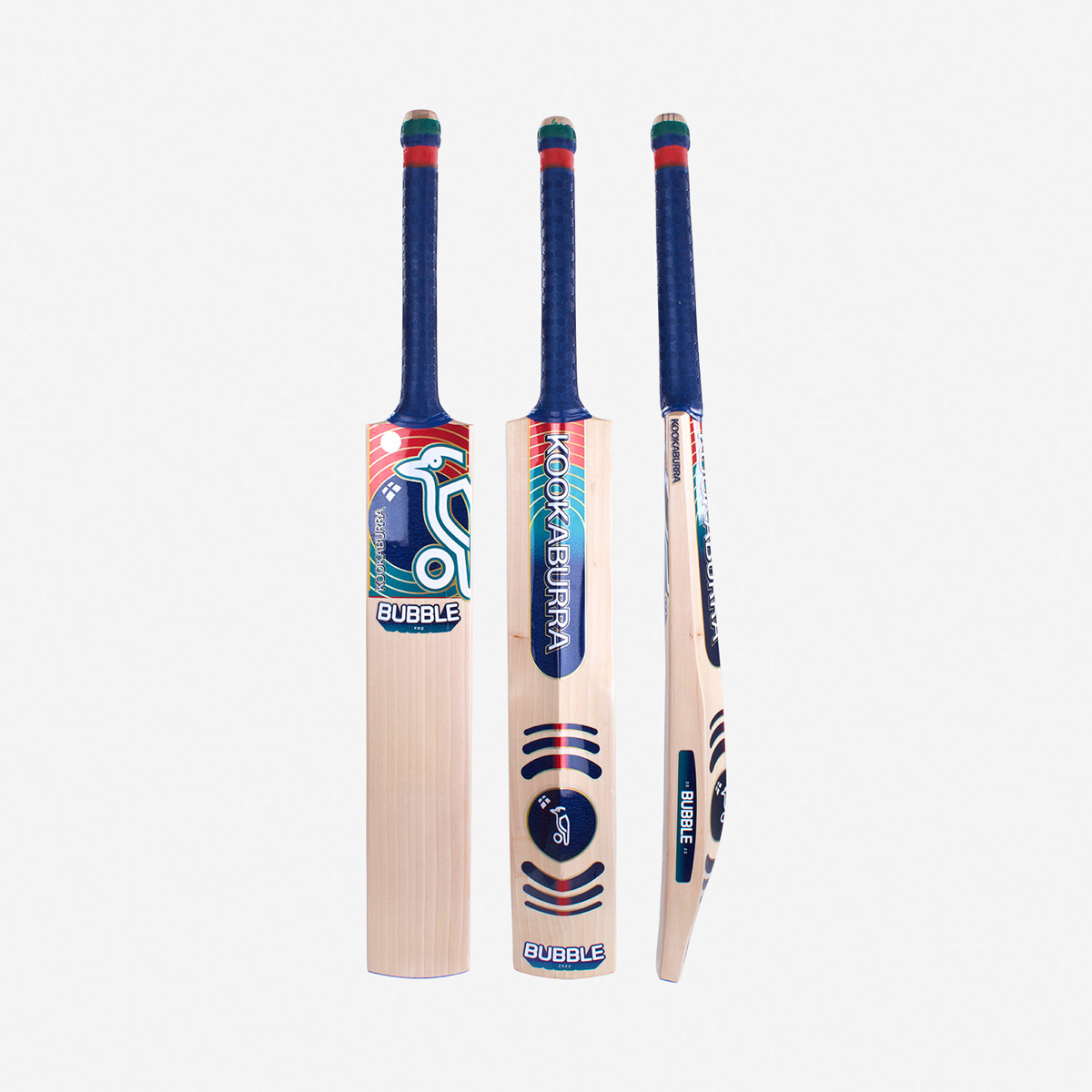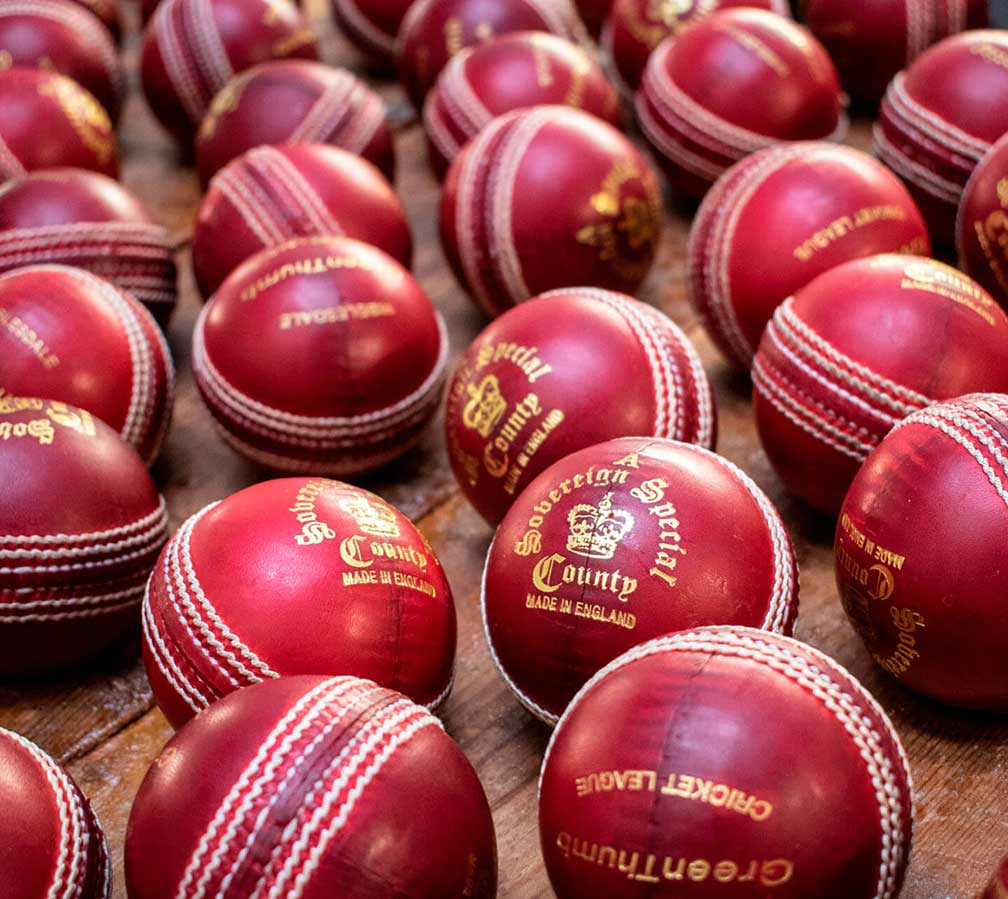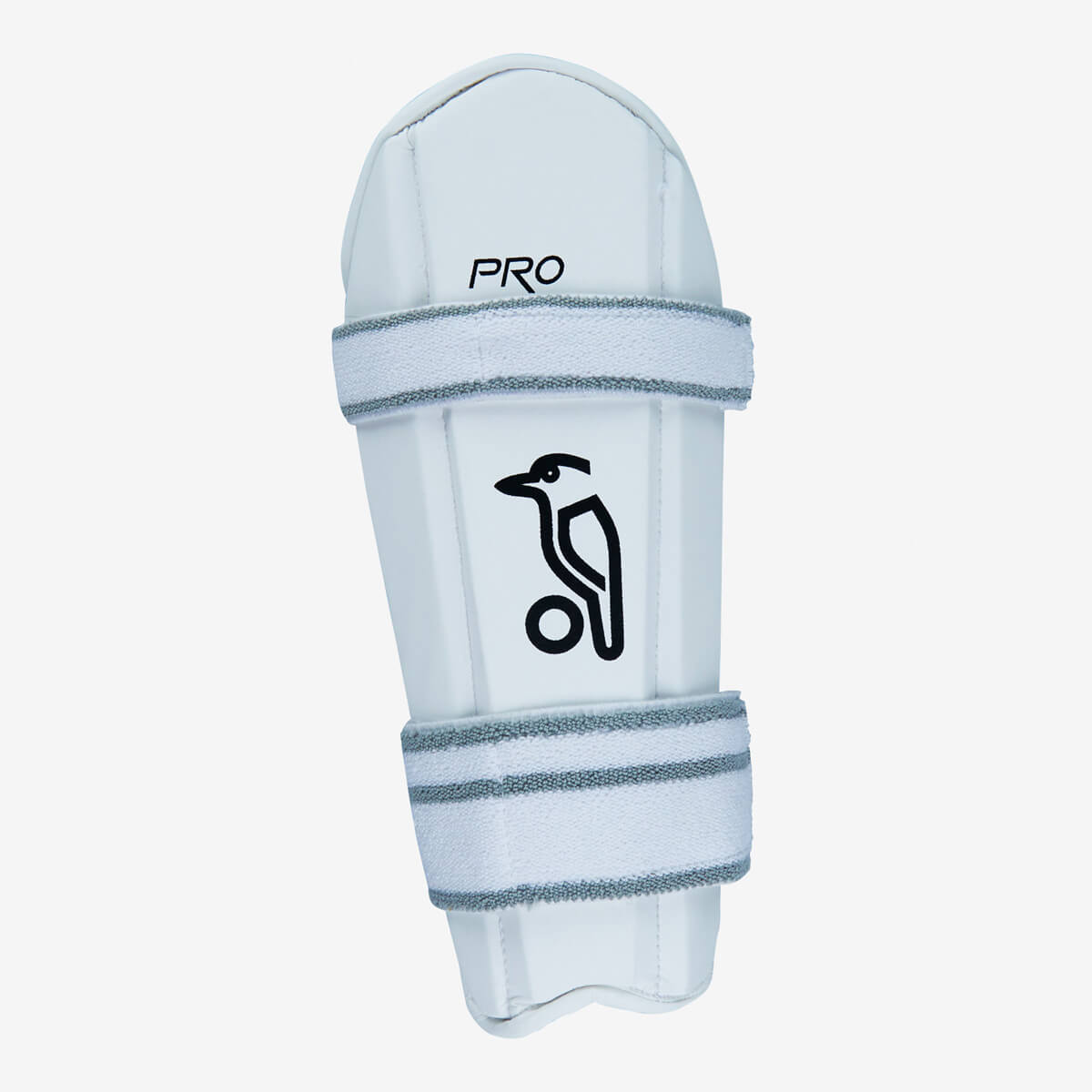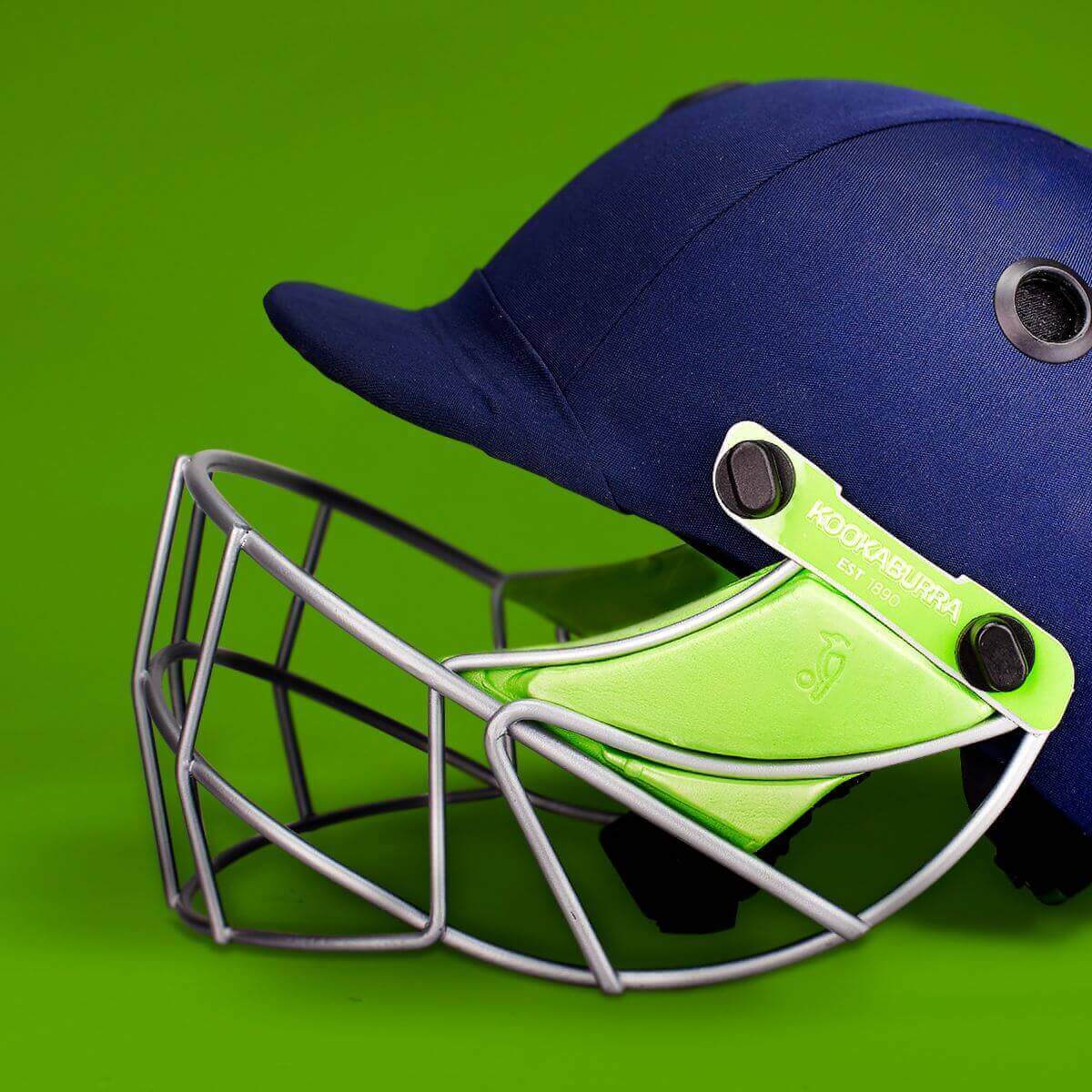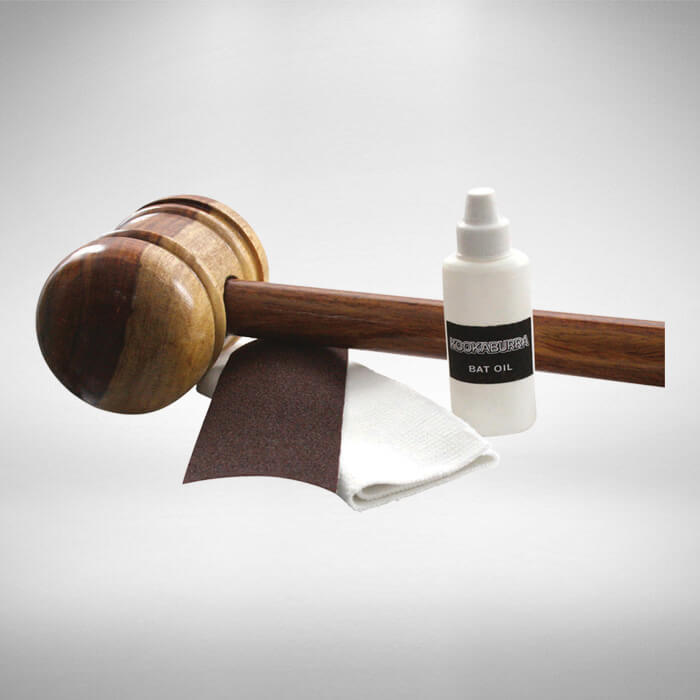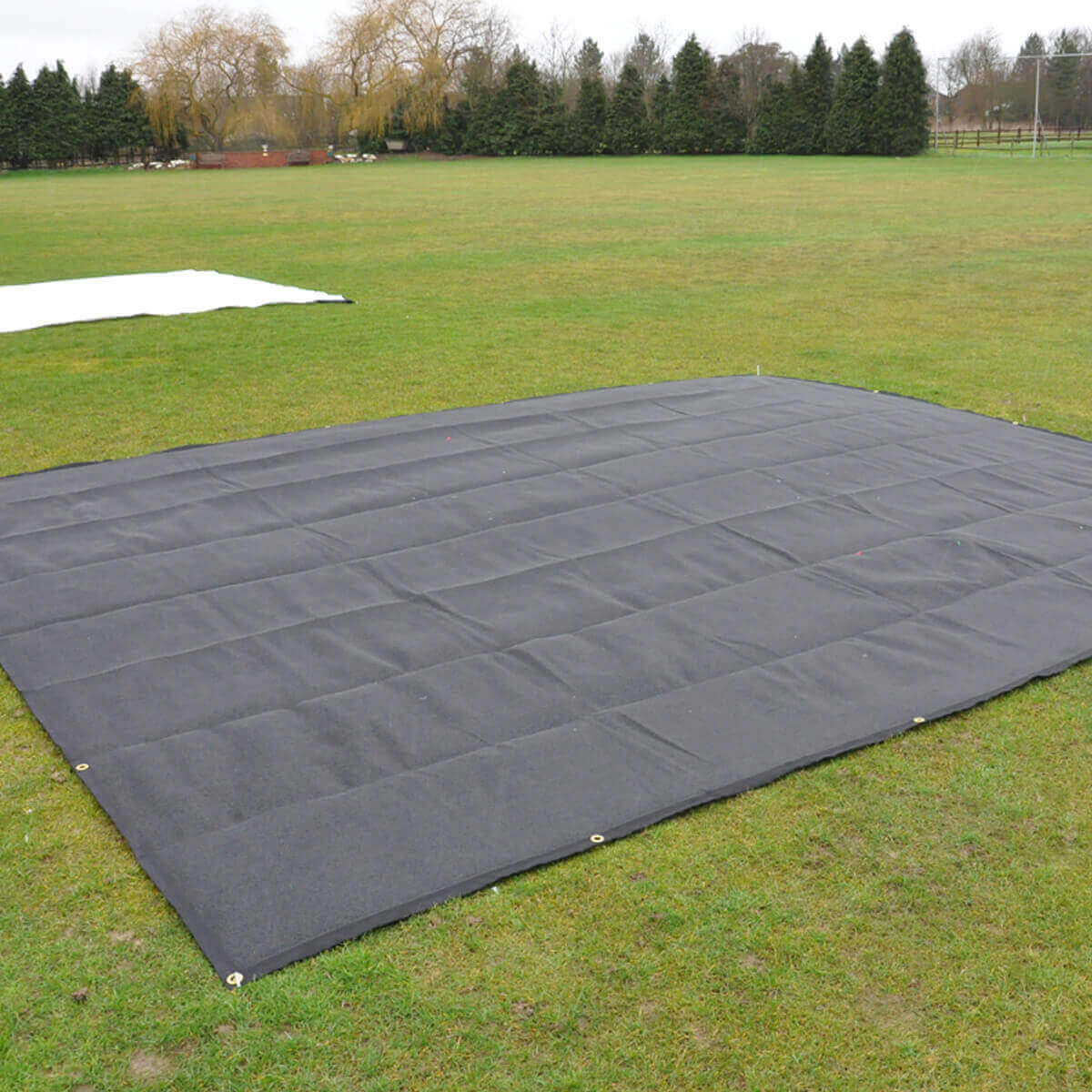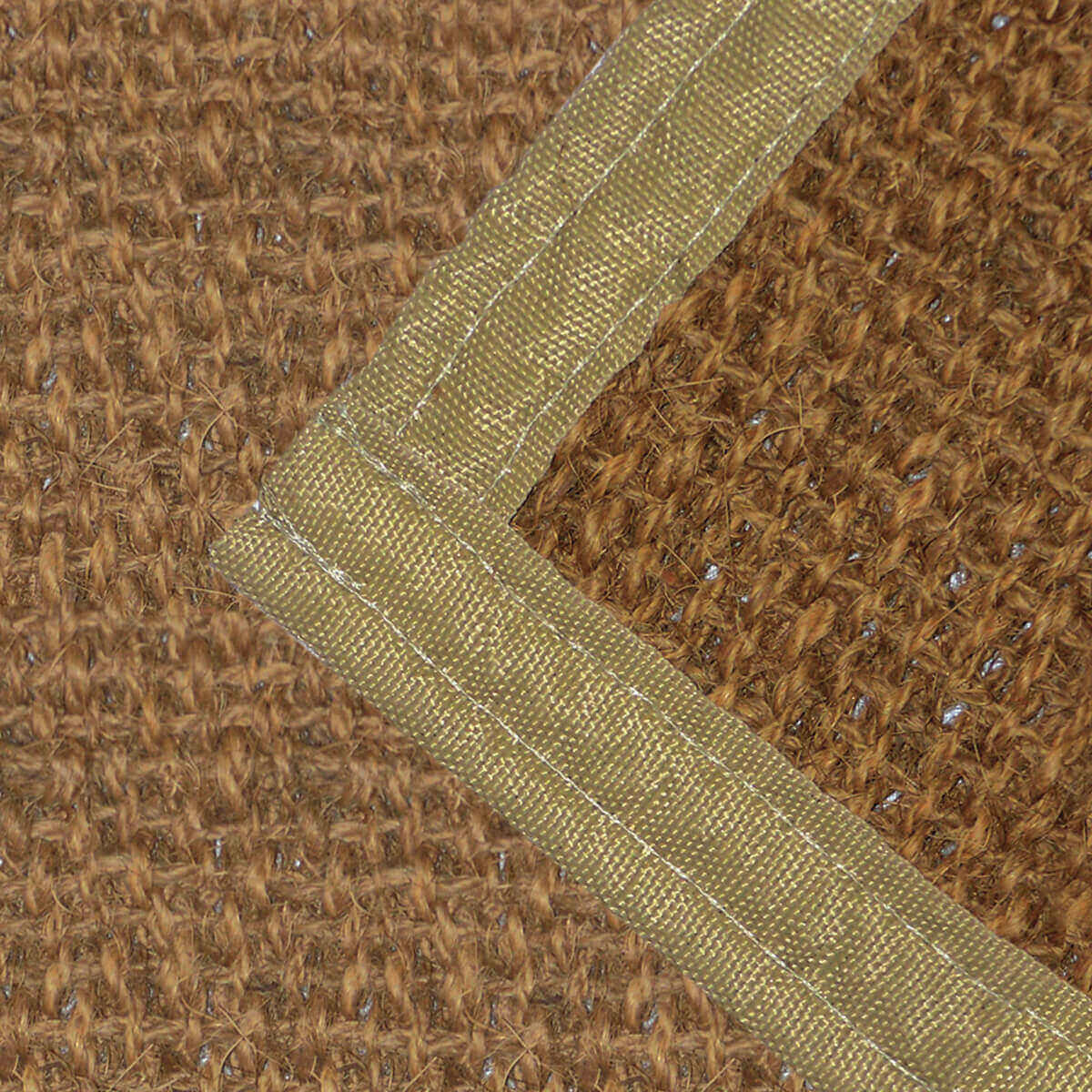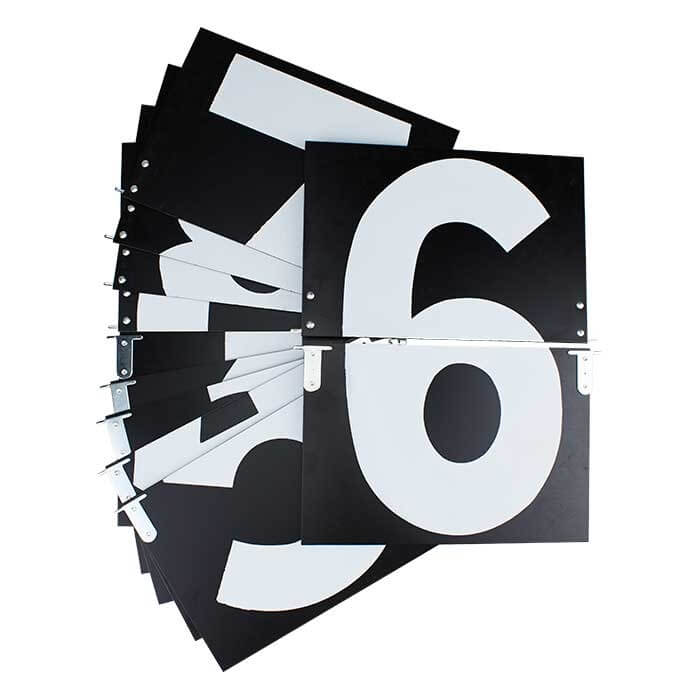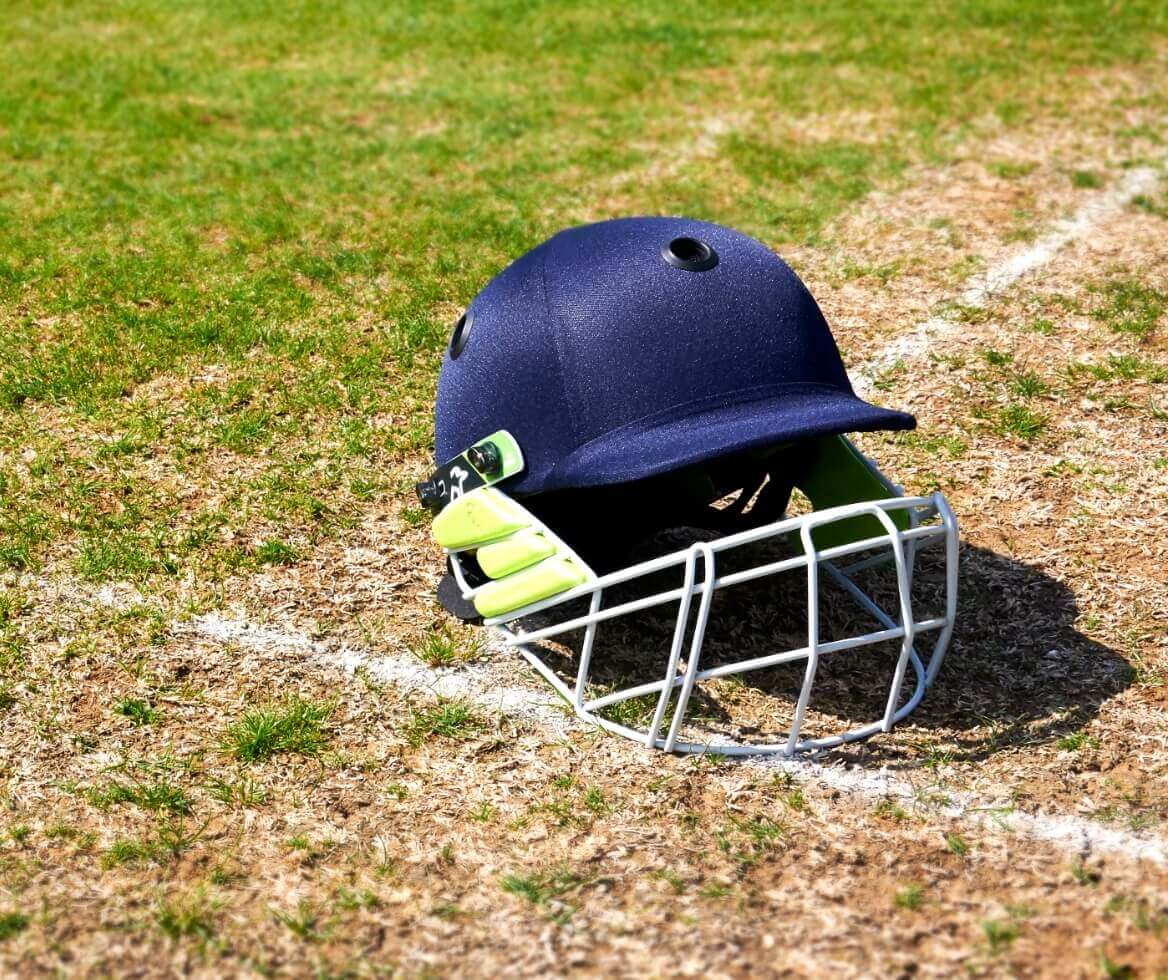The sight screen is one of the most important pieces of cricket ground equipment in both professional and amateur games. Listed under “ground equipment”, these huge boards are surprisingly often not taken into account when watching the sport and you often won’t actually notice it when watching the sport on the television, you might not really know what it is or does.
How often have you found yourself watching a cricket Test Match and the bowler starts his run-up to make a near-perfect delivery and the batter suddenly pulls out, pointing toward the giant sight screen in front of him and the whole process has to start again? If you really think about it, it seems to happen all too often, which begs the question, what are sight screens and what are they used for?
Think of it like this…You are that batter and you’re standing at the crease. Next thing you know, the skilled bowler launches a 5-and-a-half-ounce leather cricket ball travelling at upwards of 80mph towards you. If you cannot see the ball then you cannot hit the ball and, in some cases, duck from the ball before it hits you. In high-stakes cricket, it is incredibly easy for that ball to blend into the busy background of spectators.
The sight screen’s main purpose and make it easier for the batter to see the ball when batting, creating a contrast between the red ball and white screen for test matches and white ball and black screen in cricket games, both amateur and professional.
A sight screen is a large screen that is placed on a cricket field directly behind both the wicket beyond the boundary. The contrasting colours help the batters see the bowler release the ball clearly, making it easier to track the ball in order to play the best shot.
Where is a Sight Screen Placed on a Cricket Field?
Ideally, two sight screens are deployed on the pitch during matches, each positioned a short distance behind the boundary rope. These sight screens are placed at either end of the wicket so that batsmen have a fair chance of seeing the ball clearly at both ends. In amateur cricket, the screens are often at ground level but are usually tall enough so that the bowler’s arm does not extend above them from the batter’s line of view. At higher levels of cricket, some leagues make it mandatory to have two sight screens at each end, making a much larger screen for the batter and avoiding the need to move the screens around often.
In professional games, sight screens are generally much larger and raised up into the stands. This is for 2 reasons, one being that it is easier for people to move around the ground below the level of the sightscreen between deliveries and another is practicality during building them into the structure of the stadium.
“Sight screens should, if possible, be positioned wholly outside the playing area, as near as possible to the boundary line.” – Short Katewa, Cricket Mastery
In some cases, where the area beyond the boundary is limited, the sight screen might span the boundary or be placed inside the field of play by a few yards. From the perspective of a batter facing a delivery on the pitch, one sight screen is directly past the bowler’s end, or at the straight boundary, while the other is directly behind the batter, or at the wicket keeper’s boundary.
It used to be the case that if the ball passed over or under it, in this scenario, it would be treated as if it were the boundary. However, if it hit it without bouncing then a six would not be given. However, the rules now state that the groundsman or umpires ought to define the boundary before the game, making sure that there is adequate space for the sight screen to move without entering the field of play or causing a safety hazard to fielders.
It is always important the spectators do not approach the sight screens whilst action occurs at that end. This distracts the batters and is the reason you see so much pointing at the screen on TV, with the batter asking spectators to keep still. In amateur cricket you should wait away from the sight screen until the end of the over before walking past, avoiding any distraction and a delay in play.
Different types of cricket sight screen
In cricket, a sight screen is a piece of ground equipment that is often comprising wooden or polycarbonate slats, or cloth sheeting, on a large wooden or metal frame. There are several different types of sight screens that can be installed on cricket grounds and practice pitches, depending on budget and specific requirements. These are:
- 3D Poly Sight Screen
- Wind-Up Mesh Sight Screens
- County Wooden Sight Screens
- Vinyl or Mesh Temporary Sight Screens
Typical, cricket sight screens are often made using around 12-15 slats, rather than a flat screen, so that wind can pass through it, meaning there’s less likelihood of it blowing over. Other temporary sight screens are simply sheets supported on poles and tensions with guy ropes pegged into the ground. These are often the cheapest sight screens and are used typically in smaller and more amateur level grounds or in educational circumstances.
3D Sports Cricket Equipment
Due to their size and construction, Sight Screens are often at the mercy of high winds and classic British weather so, where possible, should be positioned in a sheltered area on-site; secured away from prevailing winds. This also means that they indeed to be repaired or replaced more often than other equipment. Luckily, 3D sports have a vast selection of quality cricket ground equipment to choose from and a number of our models feature removable boards or wind-up designs leaving just a bare frame when not in use.
We are a company full of cricketers, playing from high levels of Club Cricket and Minor Counties to former First-Class Professionals. This means you’re in great hands when it comes to your requirements, with the majority of our staff being experienced cricketers themselves. We offer products to suit every ground and every budget, whether it’s for your home, Village Club, Premier League Club or County Ground. To hear more about our ground equipment options or to find the right sight screen for you, contact our team today!



